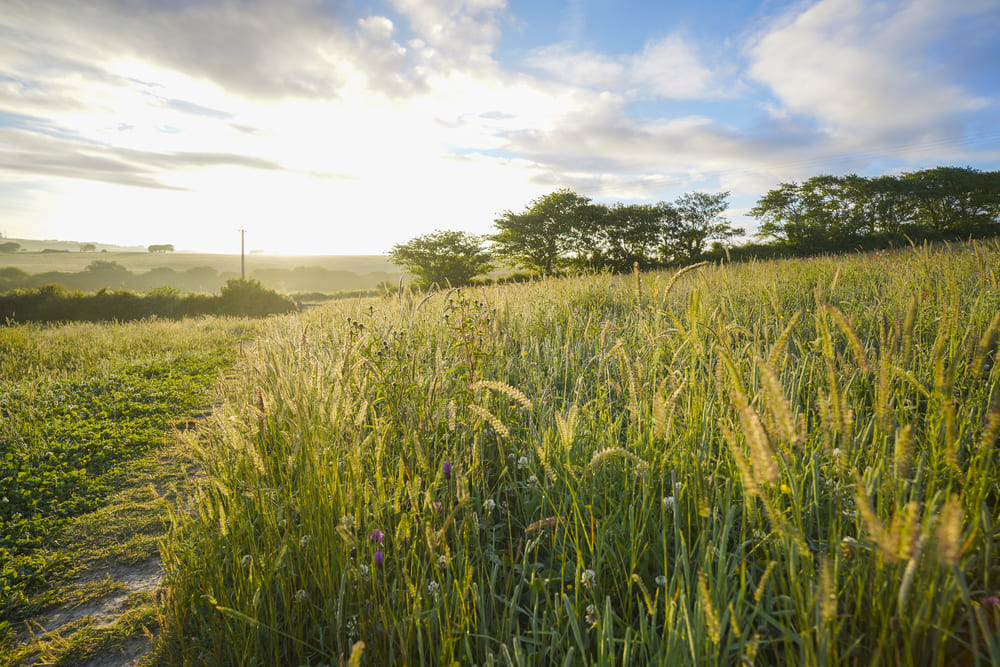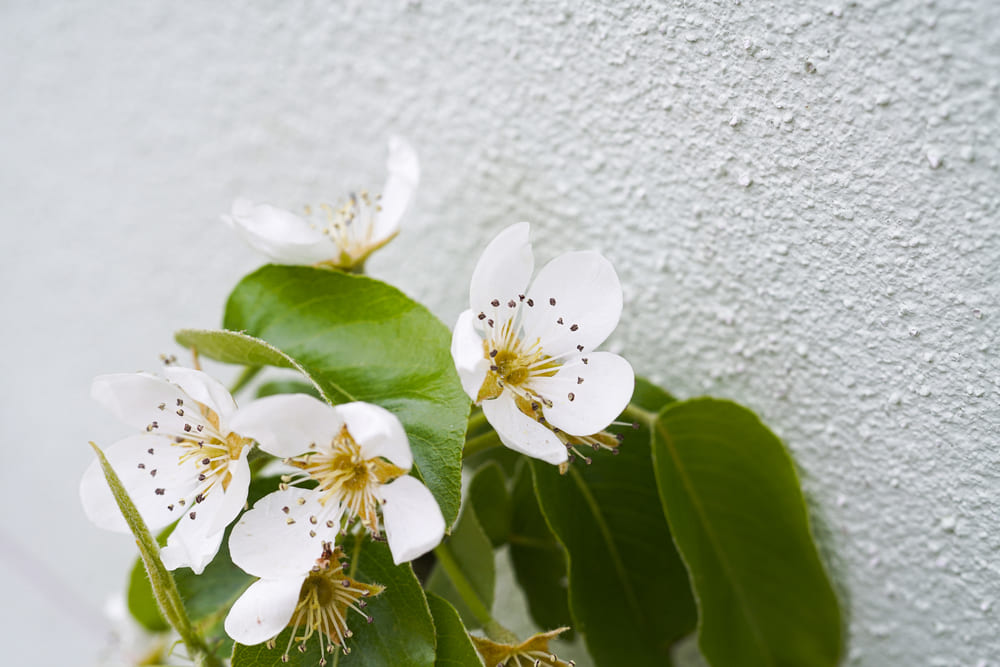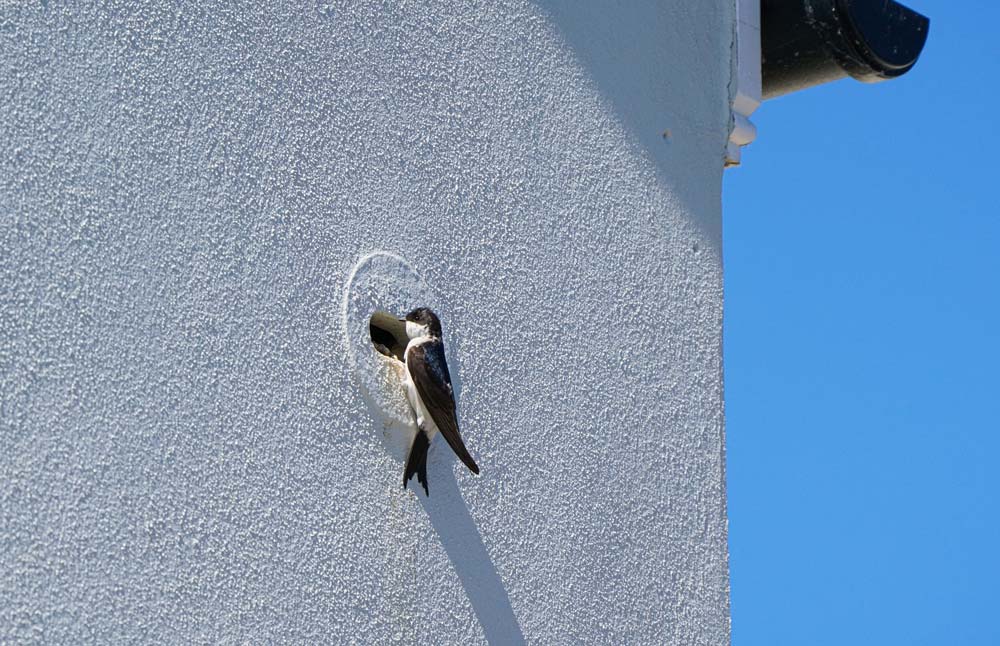Biodiversity
Nansledan is designed to enrich the natural environment on which we all depend.
Environmental enhancement at Nansledan
Nansledan will eventually include an estimated 1.2 million square metres of natural open space, which is equivalent to 180 full sized football pitches.
Nansledan also features bee bricks made from 75% Cornish china clay waste to provide sites for solitary bees and encourage more pollinators into the development.
Nansledan’s ambitious Biodiversity Net Gain (BNG) targets are set out within the original Green Infrastructure Strategy, which forms part of the planning consent/Local Development Order for the development.
This approach is expected to deliver an estimated 24% Net Gain in habitat “units” and 48% Net Gain in hedgerow “units” once the development is complete.


Local biodiversity
Steps to increase local biodiversity include tree and shrub planting with ‘edible streets’ featuring fruit trees and herbs, wildflower meadows, parkland, orchards, wetlands, ponds and community allotments where people can grow their own food.
Nansledan wildlife
Wildlife is being encouraged in urban areas with the use of built-in bird boxes/nest boxes. The Duchy of Cornwall has been pioneering their use nationally with the RSPB. The goal is to have an average of one bird box/nest box per dwelling, which are aimed at endangered species like swifts, but are also home to sparrows, starlings and house martins.
